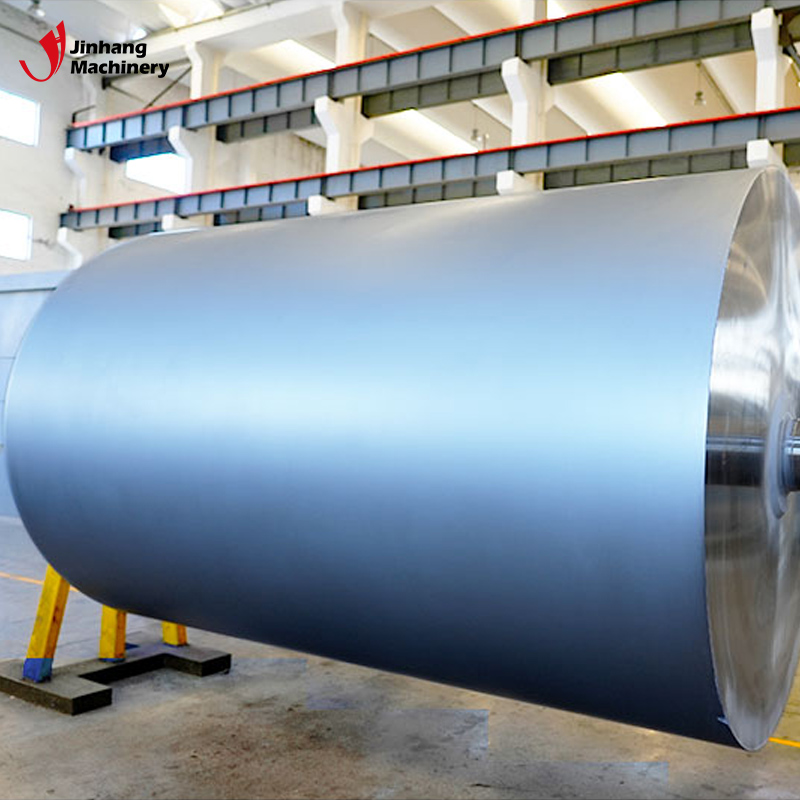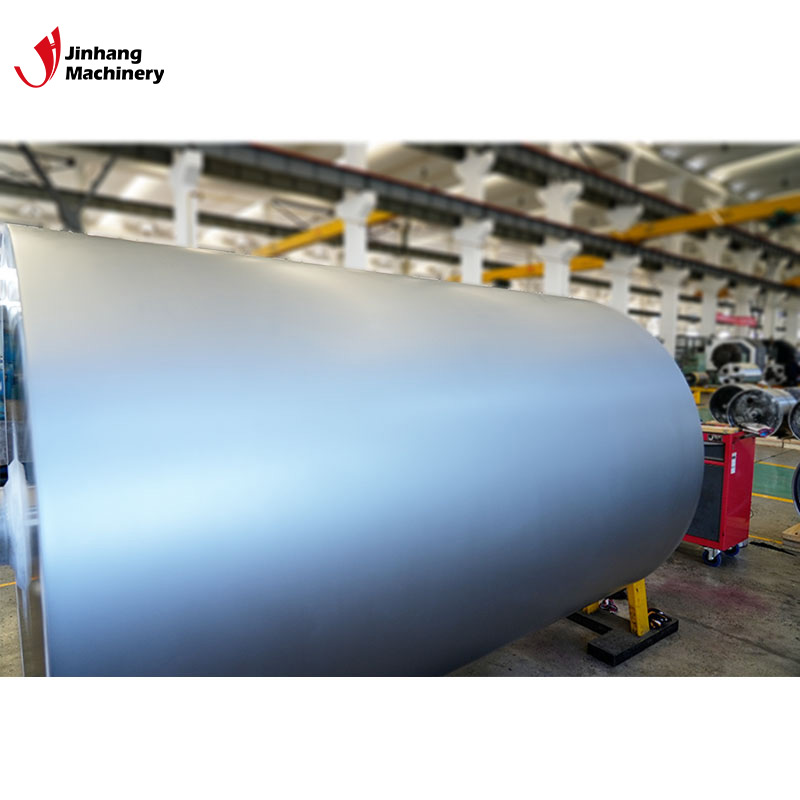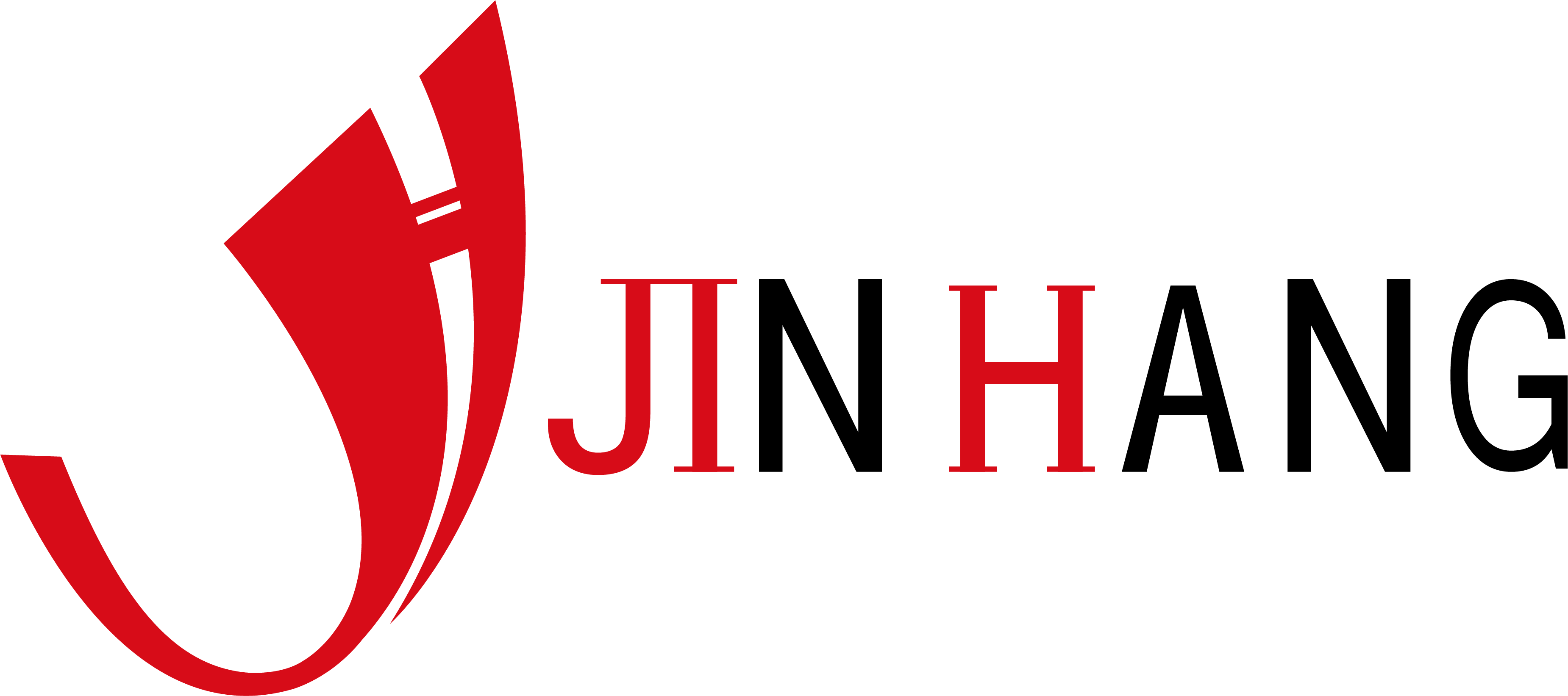Why do industrial water quench rollers need surface treatment?
In modern industrial production, industrial water quench rollers are widely used in many industries, especially in steel, aluminum, paper processing, textiles and other fields. The role of water quench rollers is crucial. It is not only used in the heating and cooling process, but also used to ensure the efficiency, precision and stability of the production process. However, since water quench rollers often work under high temperature, high pressure and high friction conditions, after long-term use, the surface of the roller is prone to wear, corrosion, aging and other problems, which affect the production quality and efficiency. Therefore, it is particularly important to carry out surface treatment of water quench rollers, which can effectively improve the performance of the roller body and extend its service life.
This article will explore in depth why industrial water quench rollers need surface treatment, analyze common surface treatment methods and their functions, and help readers better understand the importance of this key link to industrial production.

What is a water quench roller?
Water quench rollers refer to industrial rollers that are manufactured or heated and cooled through a water quenching cooling process. They are widely used in industries such as metal processing, paper processing, textiles and coatings. In the metal processing industry, water quench rollers are used to quickly cool metals that have been heated to high temperatures to achieve specific hardness and mechanical properties. In the textile and paper industries, water quench rollers are used to control temperature and humidity during the production process to maintain product stability and quality.
How does a water quench roller work?
The working principle of a water quench roller mainly relies on the rapid contact between the high-temperature roller surface and the water cooling liquid. The rapid evaporation of water takes away the heat from the roller surface, causing the surface temperature to drop rapidly, thereby forming a hardened layer. This hardened layer gives the roller stronger wear resistance, corrosion resistance and good mechanical properties.
Water quench rollers are usually made of steel materials. Because they are subjected to extremely high temperatures and pressures during heating and cooling, surface treatment is particularly important.
Why do industrial water quench rollers need surface treatment?
Improve wear resistance
Water quench rollers are often subjected to huge friction during operation, especially in the fields of metal processing and paper manufacturing. Since the roller surface is subjected to long-term friction when in contact with other objects, the surface is prone to wear, resulting in a decrease in the function of the roller and even affecting the stability of the entire production line. Therefore, through surface treatment, the wear resistance of the roller can be effectively improved, the wear phenomenon can be reduced, and the service life of the water quench roller can be extended.
Improve corrosion resistance
In many industrial applications, water quench rollers are often exposed to chemicals or water, which may cause corrosion on their surfaces. Especially in the processing of metals such as steel and aluminum, the surface of the water quench roller may suffer from chemical corrosion and oxidation, reducing its performance and durability. Through surface treatment, the corrosion resistance of the water quench roller can be effectively improved, so that it can continue to operate in harsh working environments.
Improve thermal stability
During use, the water quench roller will be subject to great temperature differences, especially during heating and cooling. The rapid change in the surface temperature of the roller may cause the roller to deform or crack. Surface treatment can improve the thermal stability of the roller, slow down the impact of temperature changes on the roller, reduce damage caused by thermal stress, and ensure that the roller can maintain good performance in high or low temperature environments.
Improve surface smoothness and ink transfer performance
In some special application fields, such as printing and coating industries, the surface smoothness of water quench roller directly affects the transfer effect of ink or coating. Surface treatment can improve the surface quality of water quench roller and enhance its smoothness, thereby improving the transfer accuracy of ink or coating during the production process and ensuring the smoothness and uniformity of the finished product surface.
Extend service life
Since water quench roller needs to operate continuously in extreme working environments, aging and wear of the roller surface are inevitable. Through surface treatment, the hardness, wear resistance, corrosion resistance and other properties of the roller body can be improved, thereby significantly extending the service life of the water quench roller and reducing the replacement frequency and maintenance cost.

What are the common surface treatment methods for water quench rollers?
In order to improve the performance of water quench rollers, the common surface treatment methods are as follows:
Electroplating treatment
Electroplating treatment is to plate a layer of metal material, such as chromium, nickel, copper, etc. on the surface of the water quench roller. The electroplating layer can effectively improve the hardness, wear resistance and corrosion resistance of the water quench roller. The chromium electroplating layer has excellent wear resistance and is suitable for high-load and high-friction working environments. Electroplating can not only enhance the corrosion resistance of the roller body, but also improve its surface smoothness, thereby improving its working efficiency.
Advantages:
● Improve the hardness and wear resistance of the roller surface;
● Enhance corrosion resistance and extend service life;
● Improve surface smoothness and improve transfer effect.
Applicable fields:
● Industrial applications that require high hardness and wear resistance, such as metal processing, printing, and coating.
Vulcanization treatment
Vulcanization treatment is to combine the rubber or rubber composite material on the surface of the water quench roller with sulfur to form a cross-linked structure at high temperature, thereby improving the hardness, heat resistance and wear resistance of the rubber. Vulcanized rubber has strong elasticity and wear resistance and can adapt to high-speed production lines.
Advantages:
● Improve wear resistance and heat resistance;
● Increase elasticity to adapt to high-speed operation;
● Improve the ink transfer ability of the roller surface.
Applicable fields:
● Rubber processing, printing, coating and textile industries, especially suitable for processes requiring high elasticity and wear resistance.
Polyurethane coating
Polyurethane coating is a common surface treatment method for water quench rollers. By coating a layer of polyurethane material on the surface of the roller, its wear resistance, corrosion resistance, chemical erosion resistance and heat resistance can be improved. Polyurethane coating has good elasticity and toughness, which can effectively alleviate the impact force generated by the roller during operation.
Advantages:
● Improve wear resistance and corrosion resistance;
● Adapt to high temperature, chemical substances and water erosion;
● Provide higher elasticity and toughness to meet different process requirements.
Applicable fields:
● Chemical, food processing, paper production, packaging and other industries, especially suitable for environments requiring high corrosion resistance and chemical erosion resistance.
Laser surface treatment
Laser surface treatment uses a laser beam to act on the surface of the water quench roller, causing local heating and microstructural changes, thereby improving surface hardness and wear resistance. Laser treatment can accurately control the treatment area to avoid unnecessary damage and energy waste.
Advantages:
● Precisely control the surface treatment area;
● Improve hardness and wear resistance, and extend service life;
● Will not have a negative impact on the overall structure of the roller.
Application areas:
● Metal processing, electronics industry, aerospace and other fields, especially suitable for industries that require high-precision and customized surface treatment.
Surface spraying treatment
Surface spraying treatment refers to the use of spraying technology to coat metals, ceramics and other materials on the surface of the water quench roller to improve its hardness, corrosion resistance and wear resistance. Common spraying materials include chromium, molybdenum, aluminum, etc. Spraying treatment can select different spraying materials and spraying processes according to different working environments and needs.
Advantages:
● Improve surface hardness and corrosion resistance;
● Improve wear resistance and adapt to high-load operation;
● Different spray layer thicknesses and materials can be customized.
Application areas:
● Mechanical processing, printing, coating and other industries, especially suitable for production environments that require wear resistance and corrosion resistance.

Since 2001, JH Machinery has been a leading manufacturer of industrial rolls in China. Our 13,000-square-meter facility, equipped with advanced machinery, produces rolls such as mirror rolls, heating rolls, and ceramic anilox rolls. We cater to industries ranging from metallurgy to automotive testing with fully customized products that meet your exact needs. Buy directly from our factory to enjoy wholesale deals, low prices, and expert after-sales support.
